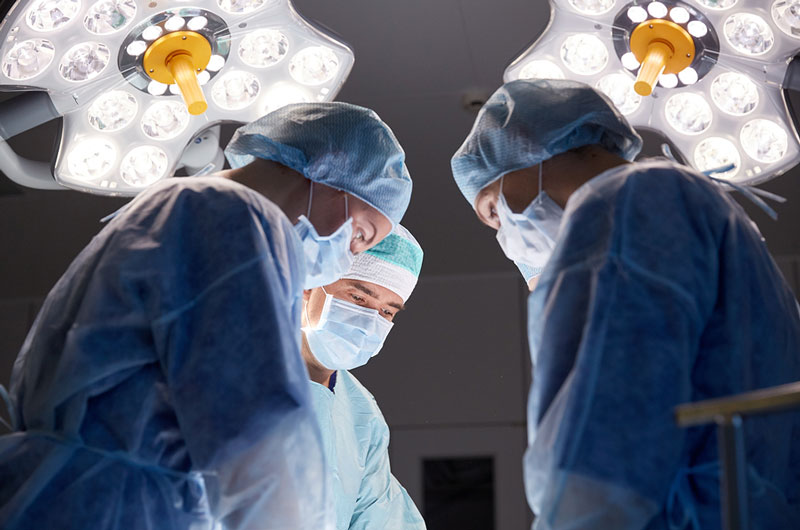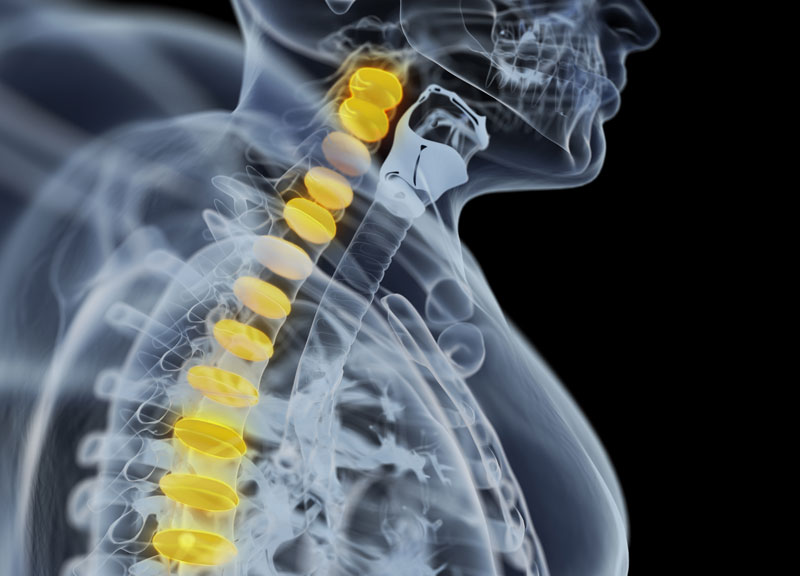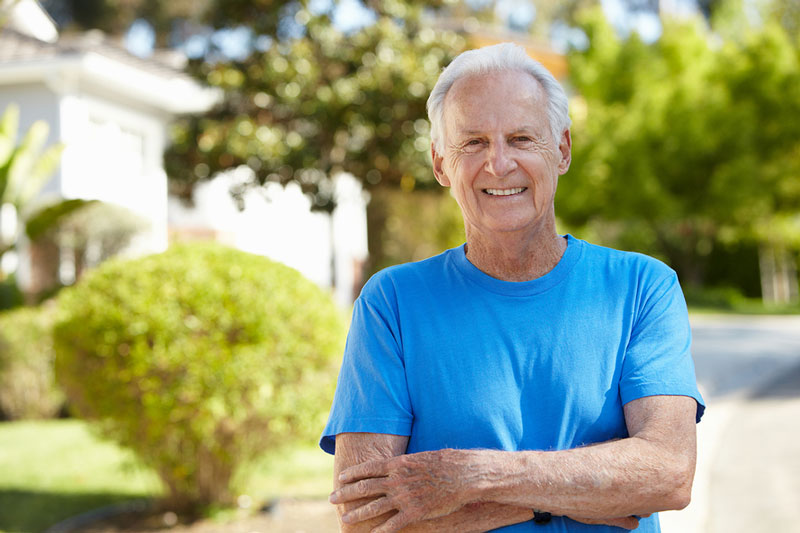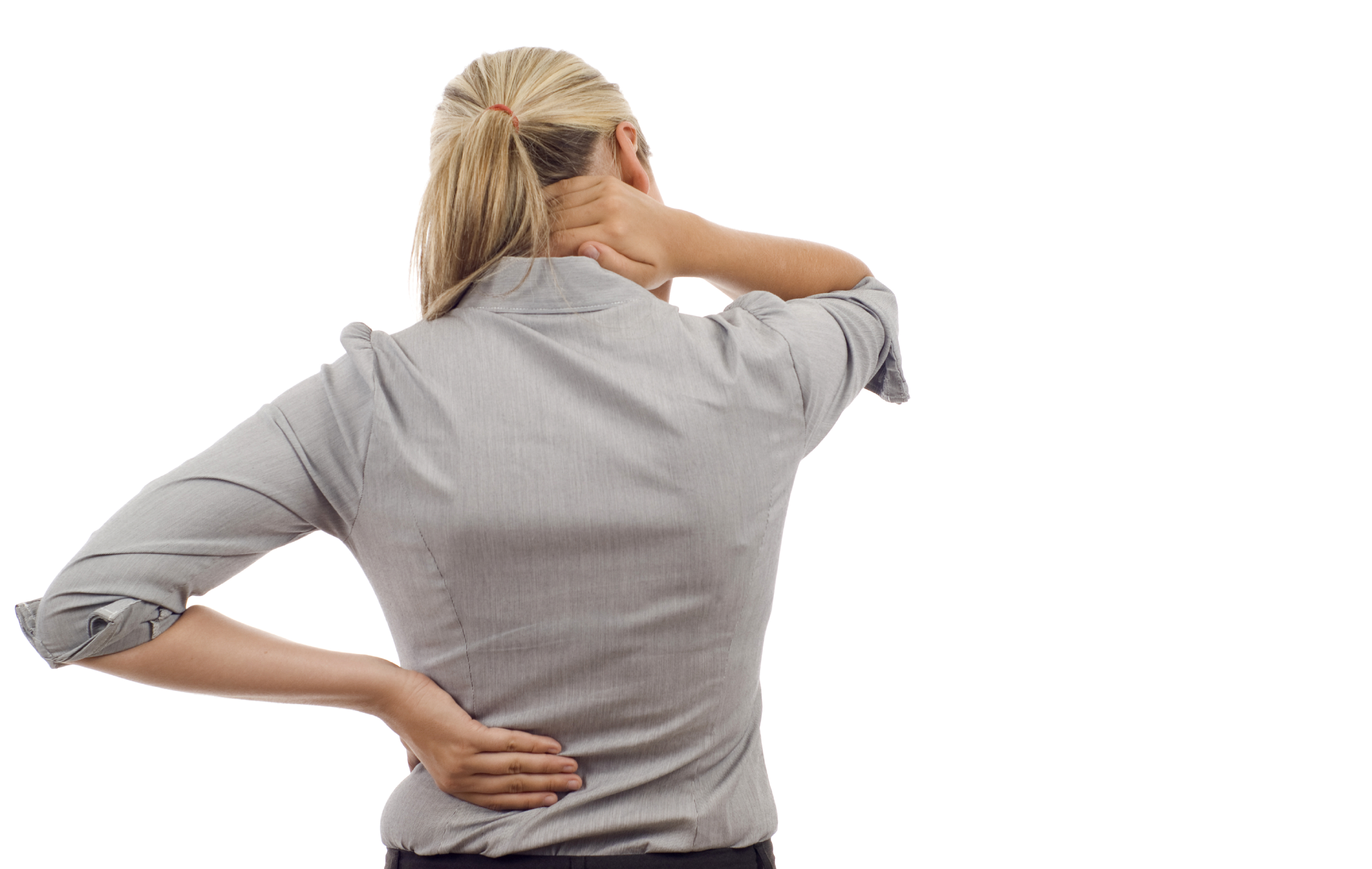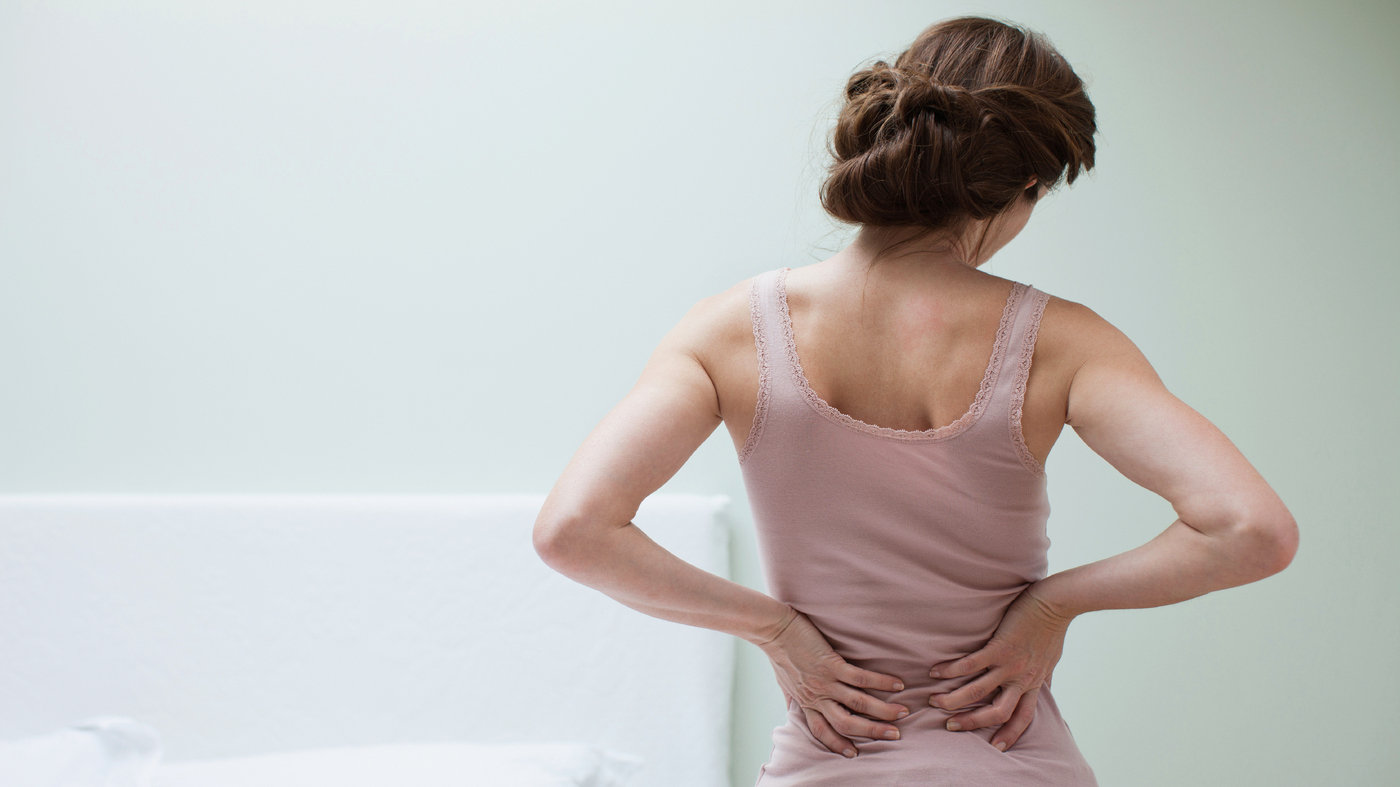Spinal discs wear and tear with age. Nearly everyone shows at least some signs of this natural ageing process. However, it is not necessary that everyone will show symptoms of a degenerative disc disease. The degenerative disc disease is actually a condition wherein the patient experiences pain due to a damaged disc. There are a number of symptoms and severity that a patient may experience with this condition.
Spinal Discs – An Overview
Spinal discs act like shock absorbers between the spine and the bones. These are designed precisely to help the back stay functional and flexible while resisting all kinds of trauma / terrific forces in varied planes of motion.
Each disc is categorised into two different parts:
1. Annulus Fibrosus – This is a firm, tough outer layer. This exterior part of layer comprises of nerves. In case, the disc tears in this region, it may get very painful.
2. Nucleus Pulposus – This is a very soft, jellylike core. This particular part of the disc is comprised of proteins that may lead to swelling and tenderness to the tissues they come in contact with. When the proteins leak out to exterior disc layer nerves, the patient experiences a lot of pain.
Discs do not get ample supply of blood. Hence, once a disc gets injured, it cannot repair itself. This leads to a spiral of degeneration that may can set in with three different stages that occur over the span of two to three decades.
The patient experiences the following set of problems:
– Acute pain that makes the normal movement of the back very difficult
– The site of injury (the bone) becomes relatively unstable. The patient may experience back pain that comes and goes over a long period of time.
– With time, the body restabilizes the injured part of the back. During this process, the patient experiences fewer episodes of back pain.
Symptoms of Degenerative Disease
Some of the most common symptoms of this condition include:
- Pain that gets worse when sitting. This is because the lower back discs carry thrice the load on them when standing.
- Pain that gets worse when twisting, bending, or lifting
- The patient feels better while walking or running than while standing or sitting for long periods of time
